Jochem Snuverink
Forecasting Particle Accelerator Interruptions Using Logistic LASSO Regression
Mar 15, 2023Abstract:Unforeseen particle accelerator interruptions, also known as interlocks, lead to abrupt operational changes despite being necessary safety measures. These may result in substantial loss of beam time and perhaps even equipment damage. We propose a simple yet powerful binary classification model aiming to forecast such interruptions, in the case of the High Intensity Proton Accelerator complex at the Paul Scherrer Institut. The model is formulated as logistic regression penalized by least absolute shrinkage and selection operator, based on a statistical two sample test to distinguish between unstable and stable states of the accelerator. The primary objective for receiving alarms prior to interlocks is to allow for countermeasures and reduce beam time loss. Hence, a continuous evaluation metric is developed to measure the saved beam time in any period, given the assumption that interlocks could be circumvented by reducing the beam current. The best-performing interlock-to-stable classifier can potentially increase the beam time by around 5 min in a day. Possible instrumentation for fast adjustment of the beam current is also listed and discussed.
Tuning Particle Accelerators with Safety Constraints using Bayesian Optimization
Mar 29, 2022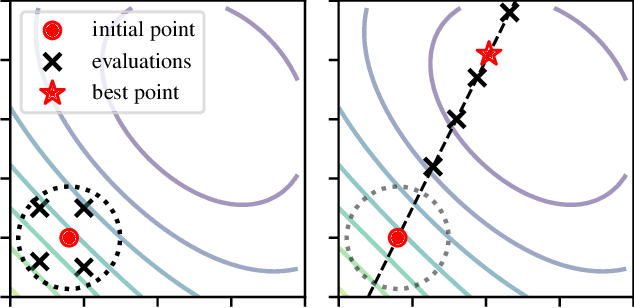
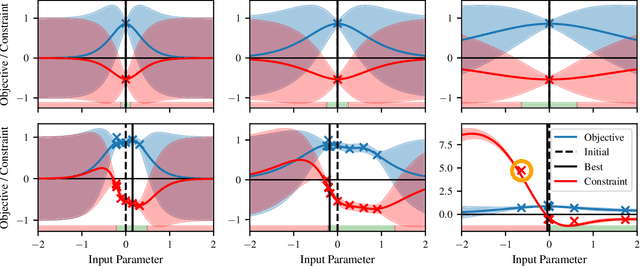

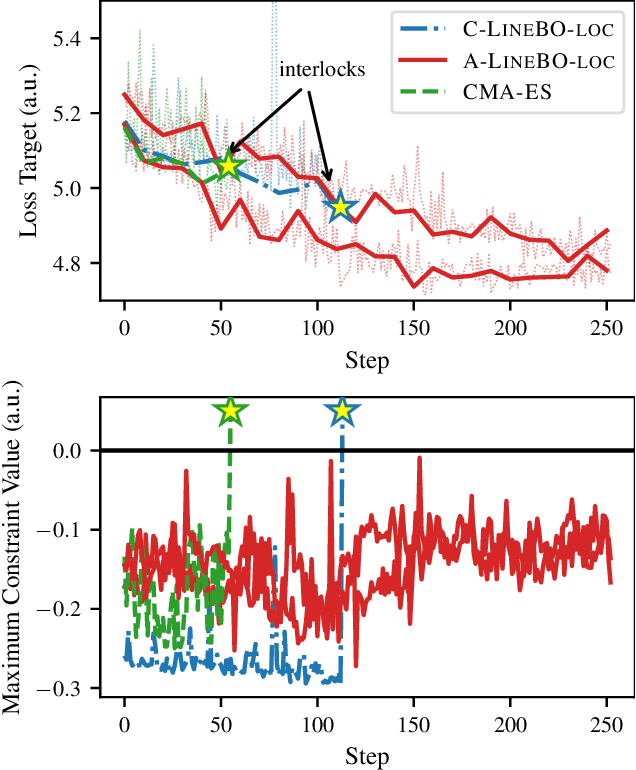
Abstract:Tuning machine parameters of particle accelerators is a repetitive and time-consuming task, that is challenging to automate. While many off-the-shelf optimization algorithms are available, in practice their use is limited because most methods do not account for safety-critical constraints that apply to each iteration, including loss signals or step-size limitations. One notable exception is safe Bayesian optimization, which is a data-driven tuning approach for global optimization with noisy feedback. We propose and evaluate a step size-limited variant of safe Bayesian optimization on two research faculties of the Paul Scherrer Institut (PSI): a) the Swiss Free Electron Laser (SwissFEL) and b) the High-Intensity Proton Accelerator (HIPA). We report promising experimental results on both machines, tuning up to 16 parameters subject to more than 200 constraints.
A Novel Approach for Classification and Forecasting of Time Series in Particle Accelerators
Feb 01, 2021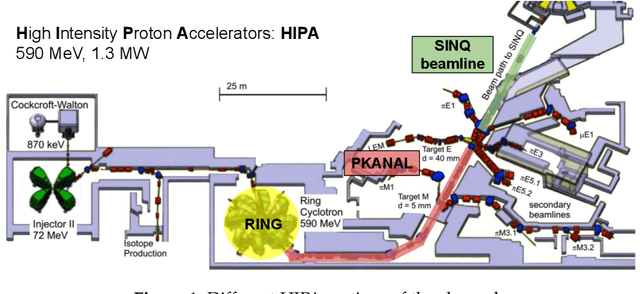

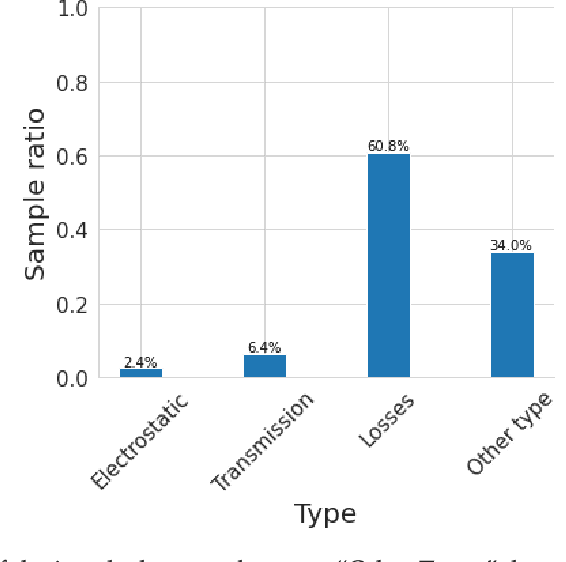

Abstract:The beam interruptions (interlocks) of particle accelerators, despite being necessary safety measures, lead to abrupt operational changes and a substantial loss of beam time. A novel time series classification approach is applied to decrease beam time loss in the High Intensity Proton Accelerator complex by forecasting interlock events. The forecasting is performed through binary classification of windows of multivariate time series. The time series are transformed into Recurrence Plots which are then classified by a Convolutional Neural Network, which not only captures the inner structure of the time series but also utilizes the advances of image classification techniques. Our best performing interlock-to-stable classifier reaches an Area under the ROC Curve value of $0.71 \pm 0.01$ compared to $0.65 \pm 0.01$ of a Random Forest model, and it can potentially reduce the beam time loss by $0.5 \pm 0.2$ seconds per interlock.
 Add to Chrome
Add to Chrome Add to Firefox
Add to Firefox Add to Edge
Add to Edge